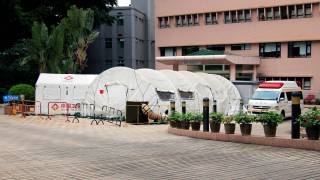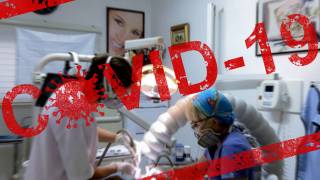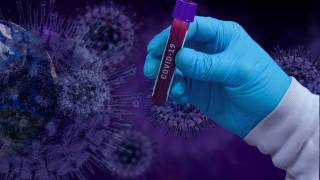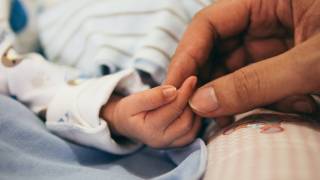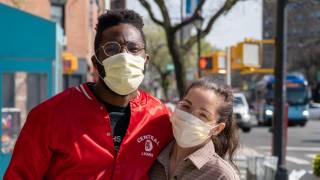Common Vulnerabilities Across SARS-CoV-2, SARS-CoV-1, and MERS
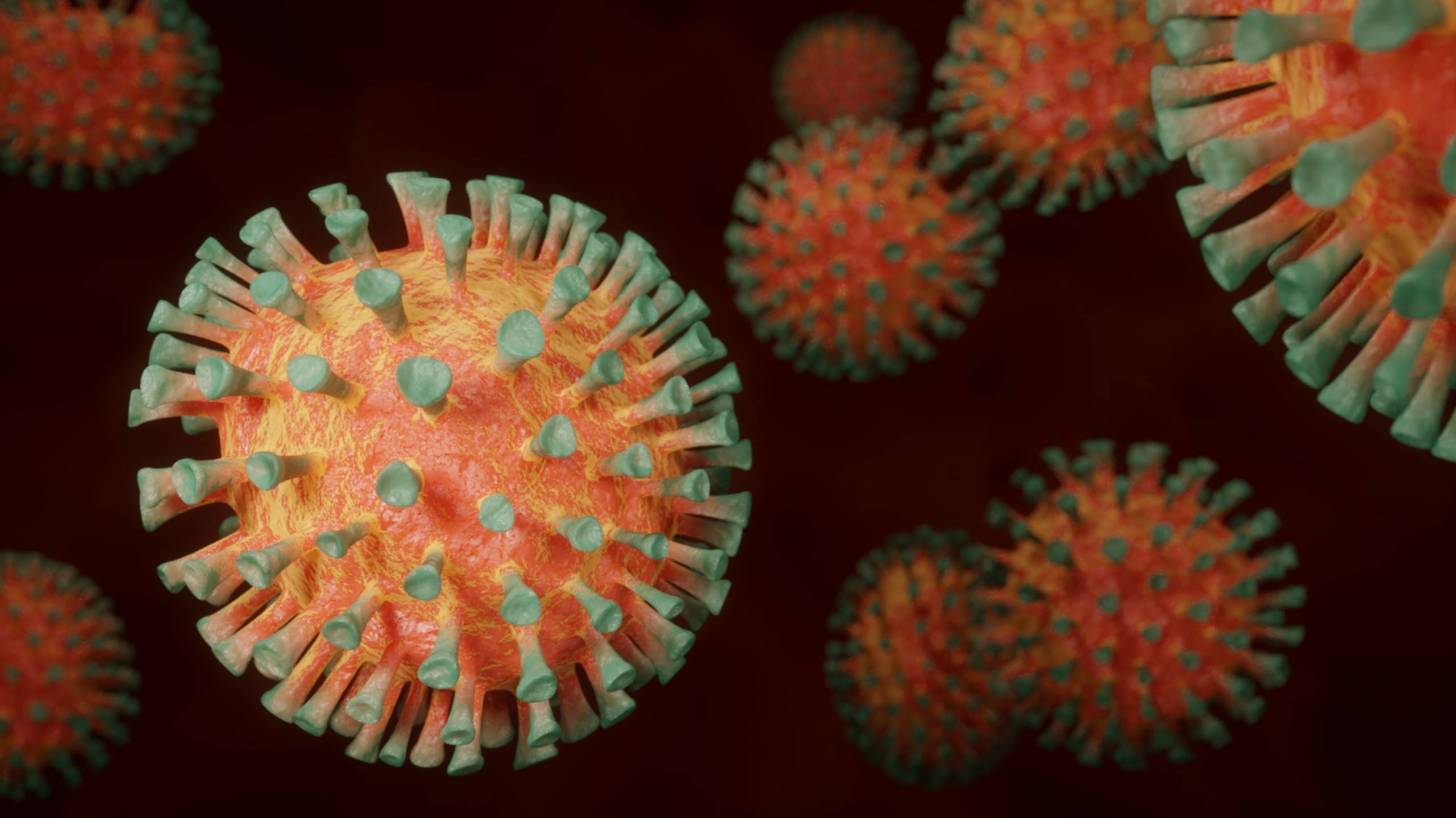
According to a study published by an international research team that includes scientists from the Institute for Biomedical Sciences at Georgia State University, there are common vulnerabilities among three coronaviruses, SARS-CoV-2, SARS-CoV-1, and MERS-CoV.
These betacoronaviruses have triggered global pandemics over the past 20 years.
Betacoronaviruses are microscopic balls covered in spikes that encapsulate a central core of genetic material. The virus must infect cells in order to replicate, and to do this it must first attach to the cells.
The new study’s findings, published in the journal Science on December 4, 2020, identify commonalities among coronaviruses and highlight several shared cellular processes and protein targets that should be considered as targets for therapeutic interventions for pandemics, stated these researchers in a press release led by Christopher Basler, Professor, Institute for Biomedical Sciences, Director, Center for Microbial Pathogenesis, at Georgia State.
“The efforts identified at least 20 host genes whose protein products significantly alter how much virus is produced by infected cells,” said Basler.
“Those proteins represent potential targets for therapeutic intervention. For example, if a cellular protein is required for efficient virus growth, a drug that inhibits the cellular protein should slow the infection.”
The multidisciplinary, global study also analyzed the medical records of about 740,000 patients with SARS-CoV-2 to identify approved therapeutics with the potential for rapid deployment to treat COVID-19.
Quantitative comparison of the 389 interactors of SARS-CoV-2, 366 of SARS-CoV-1, and 296 of MERS-CoV highlighted interactions with host processes that are conserved across all three viruses, including where nonorthologous proteins from different virus strains seem to fill similar roles. We also localized each individually-expressed viral protein by microscopy and then raised and validated antisera against 14 SARS-CoV-2 proteins to determine their localization during infection.
On the basis of independent genetic perturbation screenings, they identified 73 host factors that, when depleted, caused significant changes in SARS-CoV-2 replication. From this list of potential drug targets, they validated the biological and clinical relevance of Tom70, IL17RA, PGES-2, and SigmaR1.
A 3-Å cryo–electron microscopy structure of Tom70, a mitochondrial import receptor, in complex with SARS-CoV-2 ORF9b, provides insight into how ORF9b may modulate the host immune response.
Using curated genome-wide association study data, we found that individuals with genotypes corresponding to higher soluble IL17RA levels in plasma are at a decreased risk of COVID-19 hospitalization.
To demonstrate the value of the data for drug repurposing, SARS-CoV-2 patients who were prescribed drugs against prioritized targets were identified and asked how they fared compared with carefully matched patients treated with clinically similar drugs that do not inhibit SARS-CoV-2.
Both indomethacin, an inhibitor of host factor PGES-2, and typical antipsychotics, selected for their interaction with sigma receptors, showed effectiveness against COVID-19 compared with celecoxib and atypical antipsychotics, respectively.
In summary, ‘Combining genetically validated host factors with both COVID-19 patient genetic data and medical billing records identified molecular mechanisms and potential drug treatments that merit further molecular and clinical study,’ added these researchers.
The results were achieved by a collaboration among nearly 200 researchers from more than 14 leading institutions in six countries.
Prior studies have identified more than 300 host cell proteins that can interact with SARS-CoV-2 proteins. In this study, the Basler laboratory screened each of these for their capacity to change how well the virus grows.
Co-authors of the study are academic and private sector scientists at the following institutions: The University of California, San Francisco; The University of California, San Francisco’s Quantitative Biosciences Institute’s Coronavirus Research Group; Gladstone Institute; EMBL’s European Bioinformatics Institute in Cambridge, England; Georgia State; Icahn School of Medicine at Mount Sinai in New York; Institut Pasteur in Paris; the University of Freiburg in Germany; the University of Sheffield in the United Kingdom; and other institutions as well as the companies Aetion and Synthego.
The work was funded by grants from the National Institute of Mental Health and the National Institute of Allergy and Infectious Diseases, both part of the National Institutes of Health; the Defense Advanced Research Projects Agency; the Center for Research for Influenza Pathogenesis; the Centers of Excellence for Influenza Research and Surveillance of the National Institute of Allergy and Infectious Diseases; the Centers of Excellence for Integrative Biology of Emerging Infectious Diseases of the Agence Nationale de la Recherche (France); F. Hoffmann-LaRoche AG; Vir Biotechnology, Centre for Integrative Biological Signalling Studies, European Research Council; the Ron Conway Family; Fast Grants for COVID-19 from the Emergent Ventures program at the Mercatus Center of George Mason University; and an Augusta University-Georgia State University Seed Grant program.
Postdoctoral fellows in Basler’s lab in the Institute for Biomedical Sciences also contributed to the study. Dr. Alexander Jureka was co-first author on the manuscript, and Dr. Jesus Silvas was a contributing author. No industry conflicts of interest were disclosed.
CoronavirusToday publishes research-based news.
Our Trust Standards: Medical Advisory Committee





